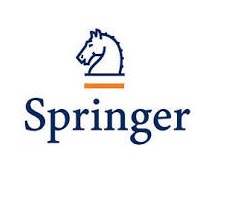6 Conclusion
Earthquakes induced high losses and extensive community disruption throughout China in the most recent years. The Wenchuan Earthquake (May 12, 2008), the Yushu Earthquake (April 14, 2010), and the Ya’an Earthquake (April 20, 2013) are only a few examples of recent devastating earthquakes, which is progressively giving high priority in eforts to enhance community recovery. The national and local government agencies have addressed their efects to attain deeper understanding of what makes the communities recover quickly from the earthquake damage. For purposes of this, the implementation of new concepts and methodologies of community recovery are aimed at facilitating and coordinating the efective post-earthquake recovery strategies; all contribute to abating the seismic risk and the potential for future losses. A measurement framework of community recovery to earthquake has been proposed and demonstrated in this paper, while implemented for a case of Wenchuan Earthquake. We defned community recovery as “the ability of communities to carry out recovery activities in ways that minimize social disruption and mitigate the efects of future earthquakes.” The objectives of enhancing community recovery are to minimize loss of life, injuries, economic losses, and other damages of building and infrastructure. So we addressed four dimensions (population, economy, building, and infrastructure) of the community recovery. By applying the measurement framework to Wenchuan Community, most dimensions represent the characteristics of a high recovery level that infrastructure has the highest recovery score, but the economy has the lowest recovery score. The results indicate that the recovery processes among diferent dimensions of Wenchuan Community are distributed unequally, which is a guiding planning for the local governments to improve response and recovery mechanisms to deal with future earthquake disasters. Our study can help Chinese Central Government measure the recovery capacity and performance of local government of Wenchuan Community, and some other similar communities. It also emphasizes that the determinants of community recovery are many, including earthquake impacts and disruptions, pre-disaster planning, post-disaster response eforts, socioeconomic status, and development trends, especially the formal external assistance of national governmental and the recovery capacity and performance of local government. While this paper has some contributions to advance the knowledge of measuring community recovery, it is clear that some limitations should be noted regarding the measurement framework developed here. First of all, since the conditions of each community vary as do the potential impacts of earthquake upon those localities, it is not discussed the application of this measurement framework at broader levels such as other potential earthquakes and other characteristics of communities. Second, measuring the recovery capacity and performance of local government could be the mainly purpose of this paper.








